If you are asking yourself: “What car should I buy?”, then the Toyota Camry is likely the right answer to your question.
Does that mean it's the car you will buy? The sales figures show it probably won’t be.
I’ve been living with a fully loaded Camry SL Hybrid for a month and my quick appraisal is this anti-SUV might be one of the best family cars on the market.
The Camry range has three variants to choose from: Ascent, Ascent Sport and SL.
Prices start at $39,990 before on-road costs for the base Ascent and rise to $42,990 for the Ascent Sport and $53,990 for the SL I’m testing.
All use a 2.5-litre petrol engine paired with an electric motor and a small battery to deliver fuel-sipping hybrid power.
The petrol engine makes 138kW and 221Nm, and the electric motor pumps out 100kW and 208Nm.
Toyota doesn’t quote combined figures as it’s not as simple as adding the two numbers together as some manufacturers do, but it is a fluid equation that is always changing.
The real-world result is plenty of grunt for a mid-size car, which delivers capable cruising with lots left on tap for overtaking.
It uses an 'e' continuously variable transmission (e-CVT) to drive the front wheels.
Fuel use is quoted at 4.0L/100km, I haven’t got close to that figure in my first month of driving with an average of 5.6L/100km on the digital readout and it's about the same when measured at the bowser.
That’s not ideal. I did a lot of short trips this month to the shops, daycare or the park, which meant the engine never really got up to speed to deliver low fuel use compared to longer highway trips. Either way, a lot of families would use it in the same manner.
It also requires premium unleaded, which is probably the biggest chink its armour.
My Camry SL is stacked with gear.
It rides on stylish 18-inch alloy wheels, has LED lighting front and back and the boot opens at a touch of a button on the key fob.
Inside it has a synthetic leather-wrapped heated steering wheel, synthetic leather seats that are heated, ventilated and power adjustable up front.
A 12.3-inch multimedia screen is compatible with wireless Apple CarPlay and Android Auto and a charging pad completes the no cord set-up.
The digital driver display measures 12.3 inches, but isn’t as flashy as you’ll find in some competitors, but it delivers all the necessary info.
It is paired with a head-up display that projects vital information such as travelling speed, prevailing speed limit and safety warnings onto the windscreen in front of the driver.
A digital rear-view mirror is unnecessary, it was nice on mornings when the rear window was fogged up but overall it delivers a worse experience than a conventional mirror.
A panoramic sunroof with a proper shade is standard.
There is mountains of room in the front and second rows, and I fitted a front facing and rear facing child seat in the rear with oodles of room left over for long-legged front-seat passengers. There is also dedicated air-con vents and USB charging ports for back seat passengers. Built-in sunshades would be a nice addition.
The boot is big at 524 litres, which matches most mid-size SUVs, but the load area and shape of the cargo area isn’t as practical for bulky items as an SUV. It is longer and shallower than an SUV's boot, but I could still fit a pram in and some bags.
It comes with a temporary spare tyre rather than a full size spare. Not ideal but it came in handy this month after a large screw punctured the tyre. A quick wheel change to get me to the local tyre shop to have the puncture repaired then I was on my way.
This is about the fourth flat I’ve had in the past 12 months, and the only time I’ve had a spare of any sort as electric cars and some hybrid vehicles ditch the spare altogether for a fiddly repair kit. On two of those occasions it was a tear in the sidewall, which means the repair kit is useless and a tow is the only option.
The Camry is built to do some serious kilometres, so that’s the plan next month with some longer highway runs to help work out just how fuel efficient it can be.
I’ll also do a deep dive into the Camry’s practicality, to show just how useful it is as a family car.
Toyota Camry SL
Acquired: August, 2025
Distance travelled this month: 470km
Odometer: 2242km
Average fuel consumption this month: 5.6L/100km
Toyota Camry 2026: SL Hybrid
| Engine Type | Inline 4, 2.5L |
|---|---|
| Fuel Type | Premium Unleaded/Electric |
| Fuel Efficiency | 4.0L/100km (combined) |
| Seating | 5 |
| Price From | $53,990 |
| Safety Rating |
|





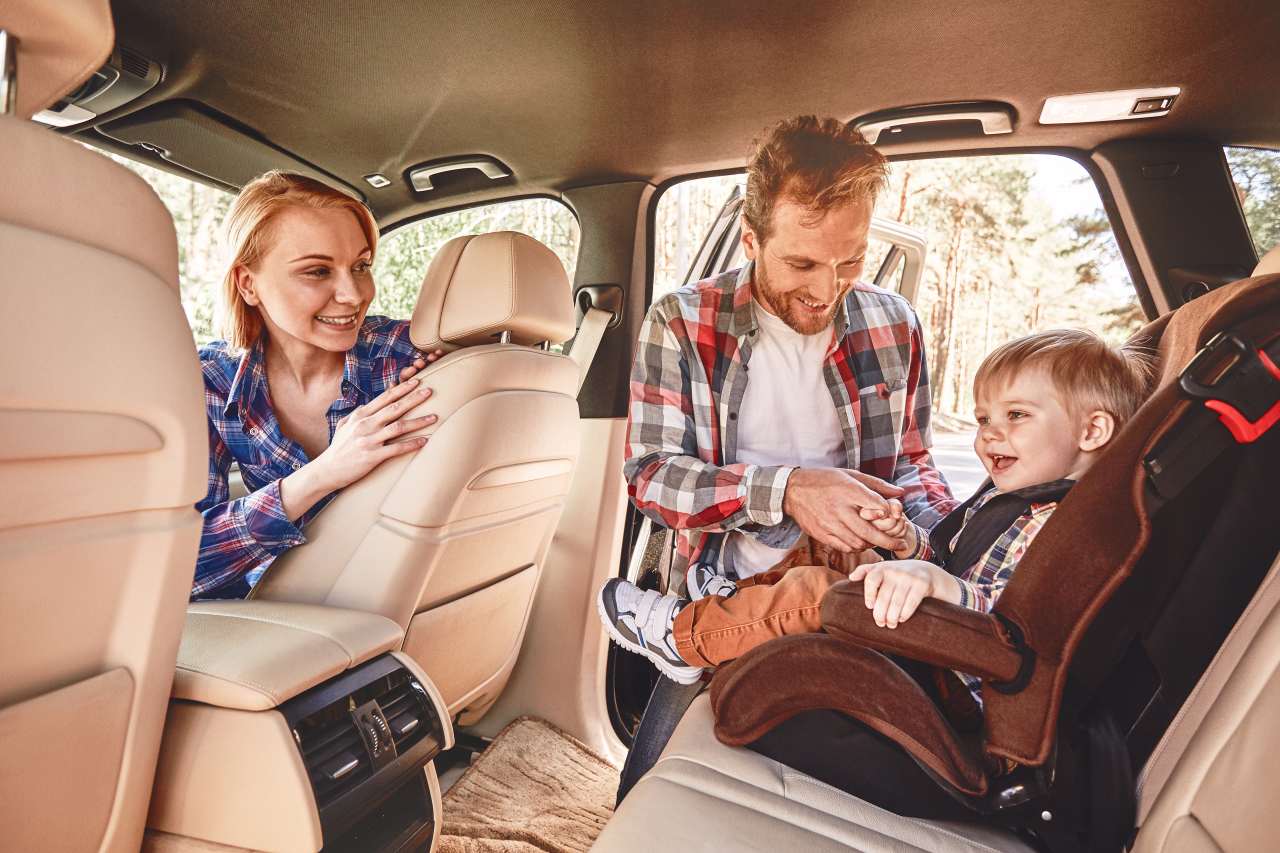


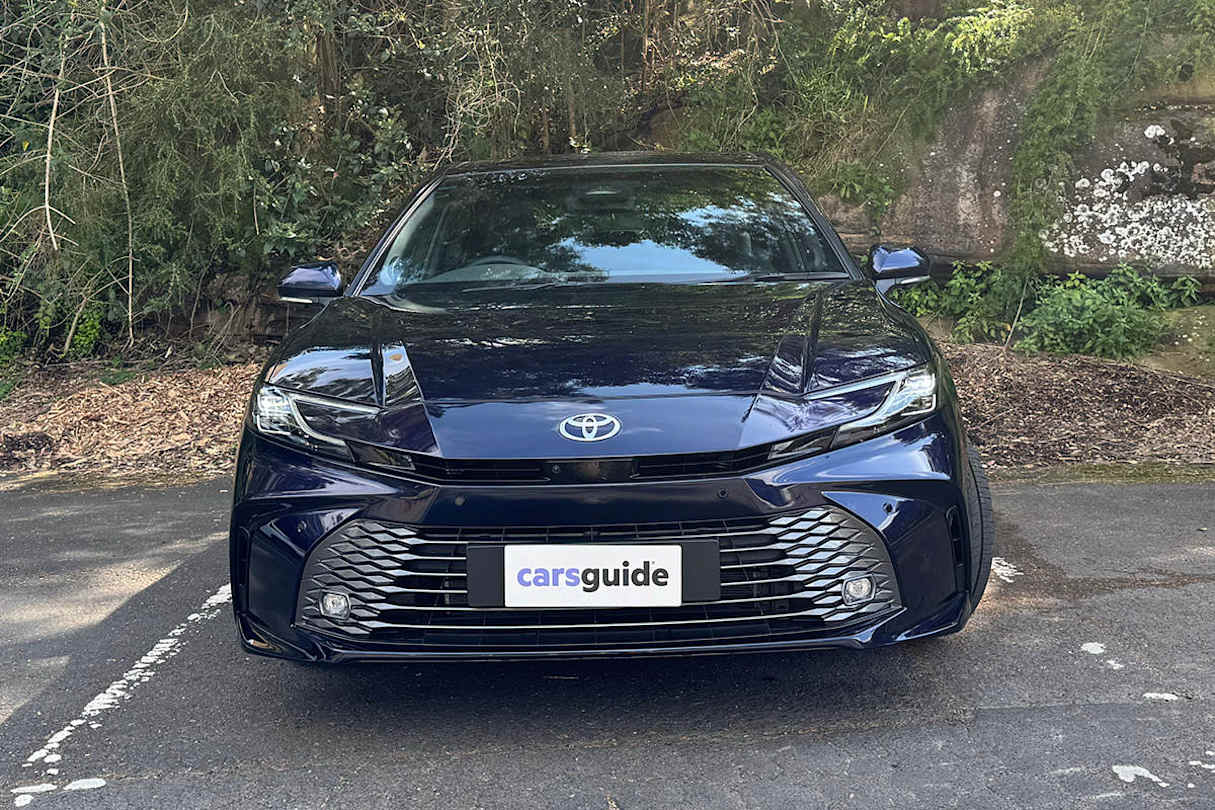

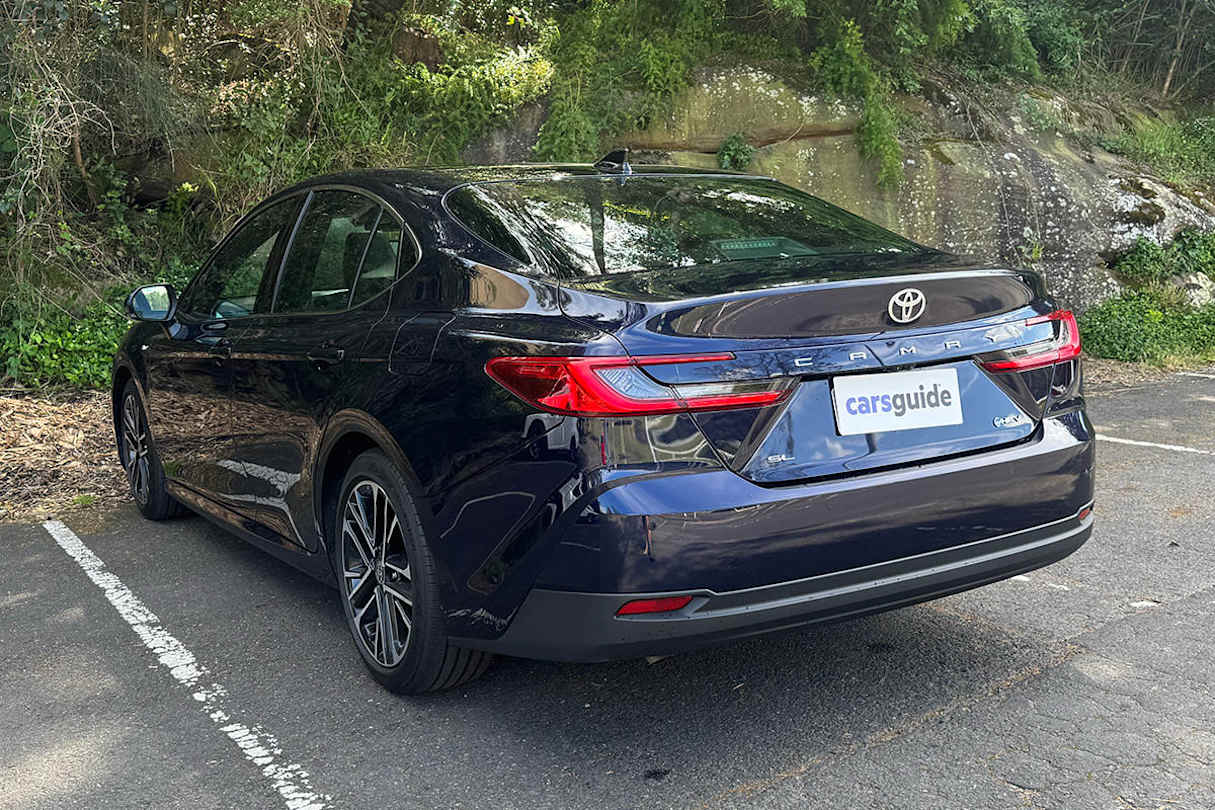






























_0.jpg)
_0.jpg)









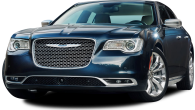
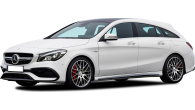




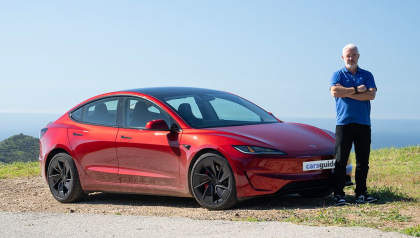
.jpg)


.jpg)
